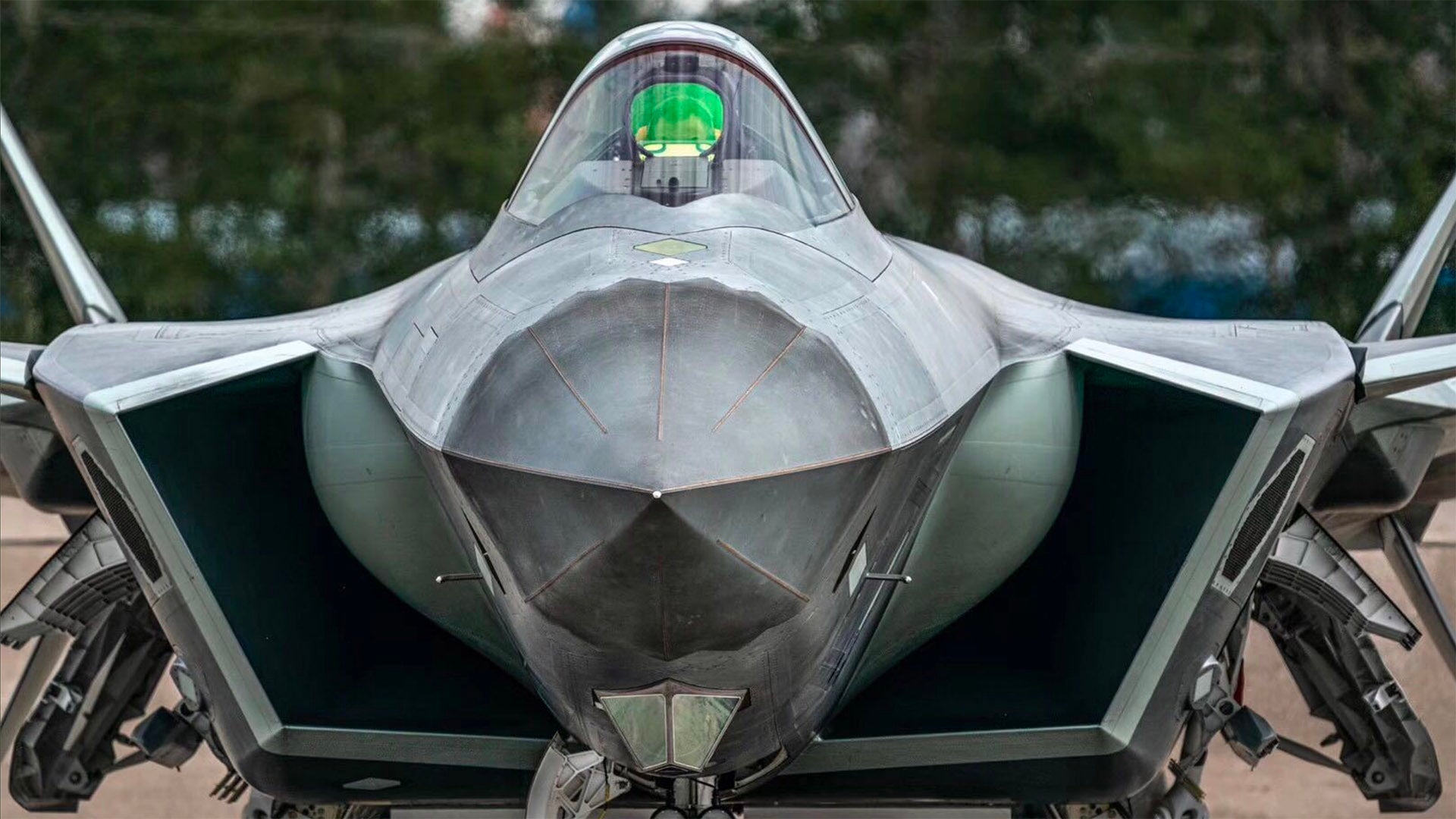Reports indicate that China is building a brand-new variant of its Chengdu J-20 Mighty Dragon stealth fighter. Chinese air power watchers and a number of media stories suggest that the production of the long-expected J-20B commenced this summer. The variant will likely feature upgraded powerplants that will add thrust-vectoring controls (TVC) as well as increased power to the J-20’s capabilities, and possibly more.
It’s been rumored that the powerplants fitted to the new J-20B will be an improved version of the indigenous Chinese WS-10 Taihang engines that are fitted to the latest production examples of the fighter. A variant of this engine with thrust vectoring was revealed at the Zhuhai Airshow in November 2018, and demonstrated in-flight fitted to a J-10B single-engine fighter. It endowed the Chinese fighter with the similar jaw-dropping performance and high angle-of-attack nose authority that has become synonymous with late-model Russian “Flankers” and the U.S. Air Force’s F-22 Raptor. The engine fitted to the J-10 at Zhuhai was named as the WS-10B-3 and it represented a major breakthrough for Chinese engineering and for the performance of its indigenous fighter aircraft.
Increased power and thrust vectoring will be a major boost for the big, canard-equipped J-20 fighter-interceptor, a type that is aching for more thrust. As The War Zone previously reported, on the surface, equipping the jet with thrust vectoring technology seems counterproductive because it adds weight to an aircraft that is already underpowered. However, the new engines are also thought to provide both extra power and the added agility of thrust vectoring, which could be seen as an acceptable tradeoff depending on the goals of the People’s Liberation Army Air Force (PLAAF) and the J-20’s design team.
More powerful engines combined with thrust vectoring would also theoretically allow the aircraft to fly and maneuver at much higher altitudes, giving its sensors more reach and its missiles greater kinematic performance. You can learn more about how the F-22’s utilizes thrust vectoring to achieve high-altitude operations in this past War Zone piece. Increased fuel efficiency and improved range could be other features of the new powerplants.
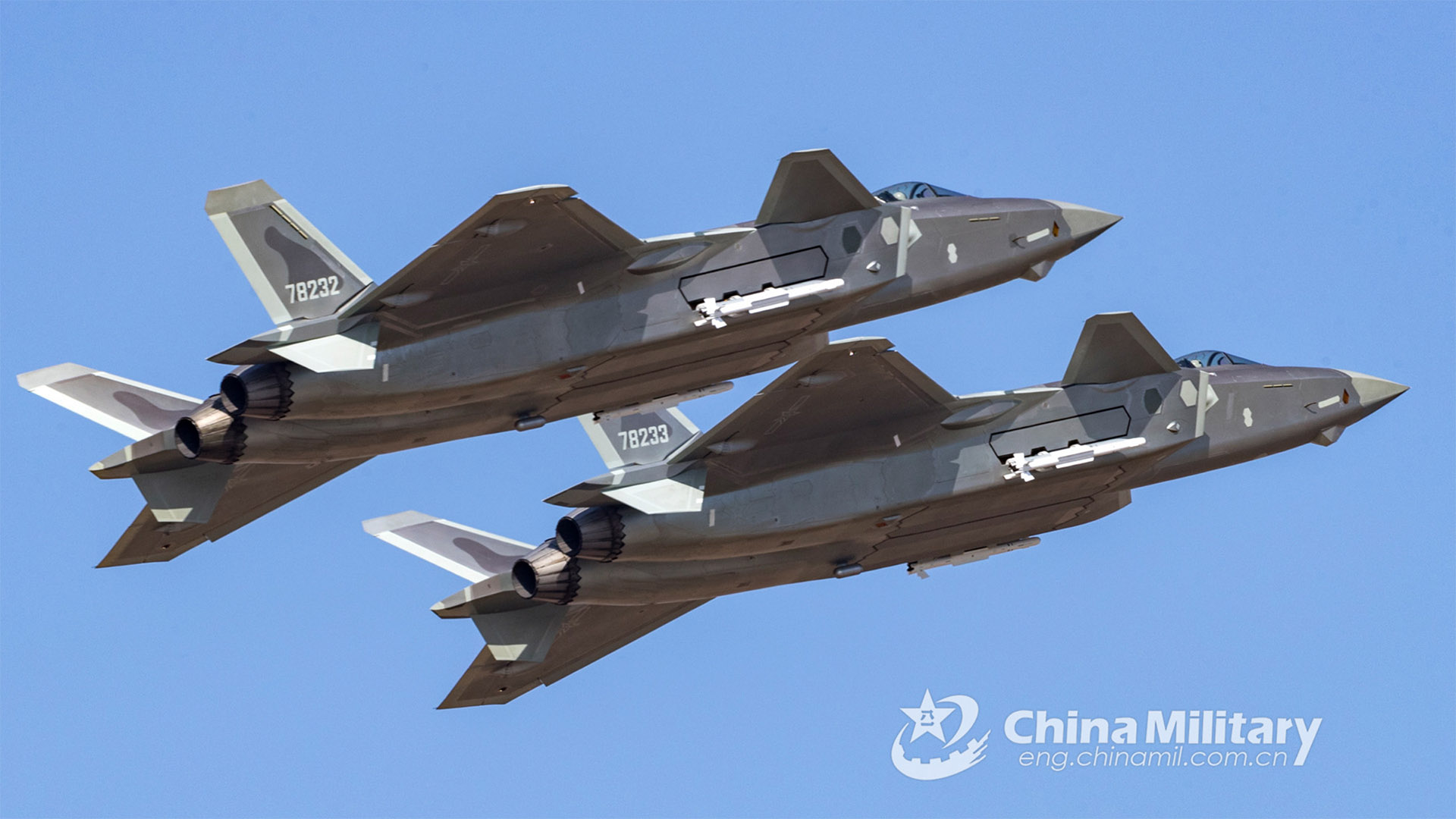
Despite being the jewel in the crown of Chinese fighter aircraft technology, early J-20A models were all fitted with Russian AL-31 engines. The J-20A demonstrators used AL-31FN engines, but the prototypes and low-rate initial production (LRIP) versions moved to the improved AL-31FN Series 3 rated at 137 kN (30,800 lbs) thrust. It was a customized version of the AL-31 that was the result of a joint development project between China and Russia’s Salyut.
China has struggled to produce a quality, indigenous jet engines for its fighters despite close ties with Russian industry. They have tended to lack thrust and reliability. Chinese engineers have been able to cleverly recreate or reverse-engineer certain technologies, but lack the experience and corporate know-how when it comes to matching the high-end jet engines of their peers.
Imagery of a J-20A carrying the serial ‘2021’ that surfaced in September 2017 also revealed new serrated engine nozzles for the first time. This confirmed that J-20 production had shifted to include indigenous WS-10C engines built by Shenyang Liming. These featured sawtooth exhaust feathers to help reduce the aircraft’s rear hemisphere radar cross-section (RCS). These new engines delivered a much-needed increase in thrust to around 147 kN (33,070 lbs). Reports at that time suggested that these engines featured thrust vectoring, but this was never confirmed.
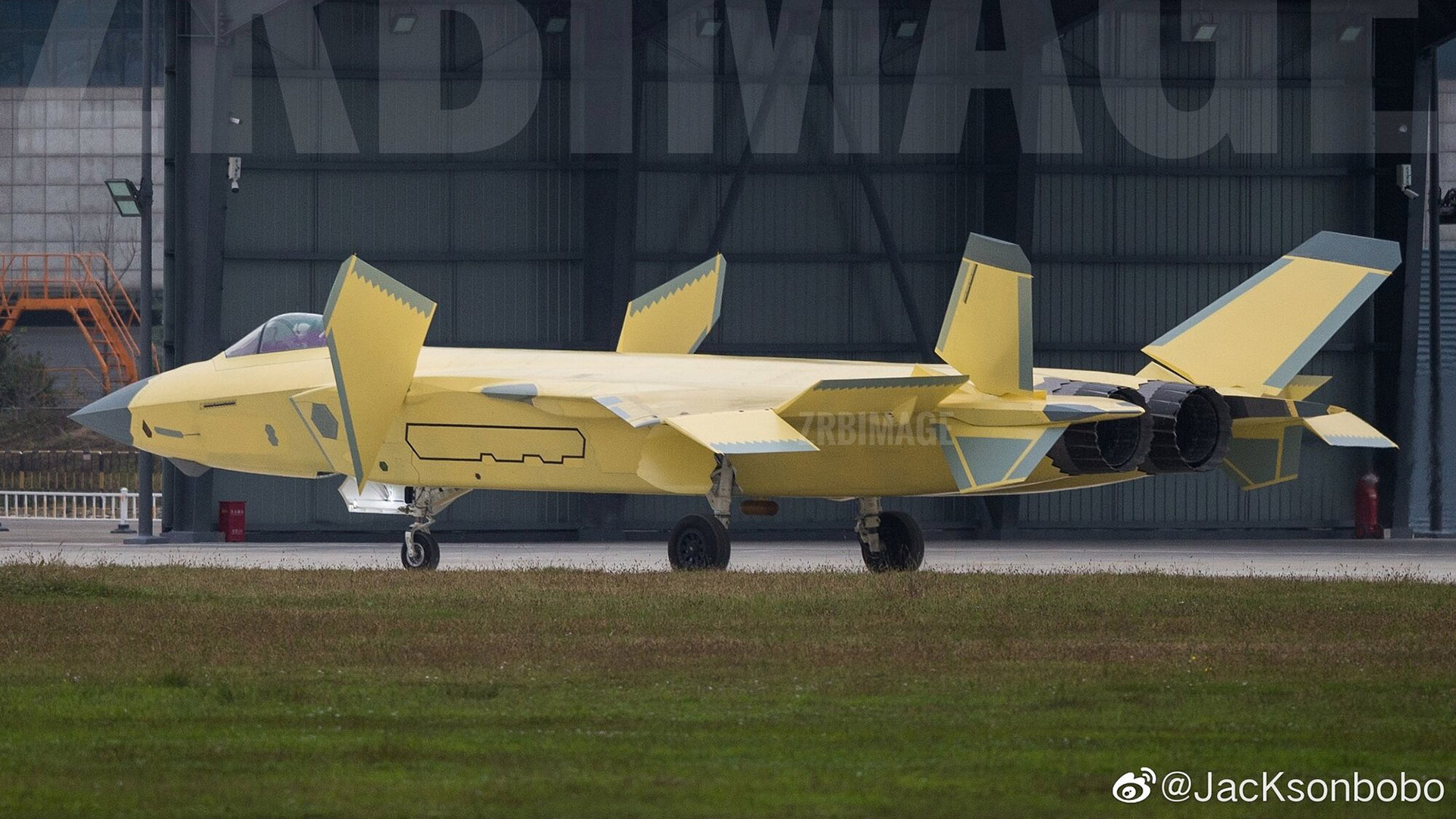
Images that were released in November 2019 showed J-20s in yellow primer, with the same sawtooth nozzles. These were claimed to be evidence of the J-20B by Chinese media. However, these aircraft were actually additional J-20As with standard WS-10C engines. These engines were also incorrectly identified as WS-10Bs, as that engine is mainly intended for the latest production batch J-10Cs and J-16s and lacks the sawtooth nozzles.
Supposedly, the decision to enter production on the J-20B follows a period of flight trials that were designed to prove the new thrust vectoring configuration for the heavy fighter. The decision to move forward would suggest that this testing has proved successful. Sources have told the War Zone that up to six J-20Bs could be in production at the Chengdu Aircraft Industry Corporation (CAC) and the first aircraft are expected to be complete by the end of this year. They are thought to be followed by a further batch of regular J-20A fighters that are fitted with conventional, non-TVC, WS-10C engines.
This suggests the PLAAF intends to use the first six aircraft for development flight testing, while continuing production of the current standard J-20A with WS-10C to equip further squadrons.
The first J-20As were delivered to the PLAAF’s 176th Brigade at Dingxin Air Base at the end of 2016. This unit undertook formal operational evaluation (OPEVAL) and the J-20A officially entered service in September 2017. Aircraft from the latest production batches are expected to join the 1st Air Brigade at Anshan, in the Shenyang Military Region.
There have been various rumors about the actual configuration of the J-20B amid much tighter security rules around Chinese fighter programs. Conflicting open-source information suggested that either Russian TVC-AL-31FN-X engines or the indigenous WS-10 with thrust vectoring could power the new variant. However, given that a J-10B flew a public flight demonstration with the WS-10B-3 at Zhuhai in 2018, the technology now appears to be substantially mature. Furthermore, it is thought that CAC has not built a J-20 fitted with AL-31FNs since mid-2019, having now consolidated on indigenously-produced engines.
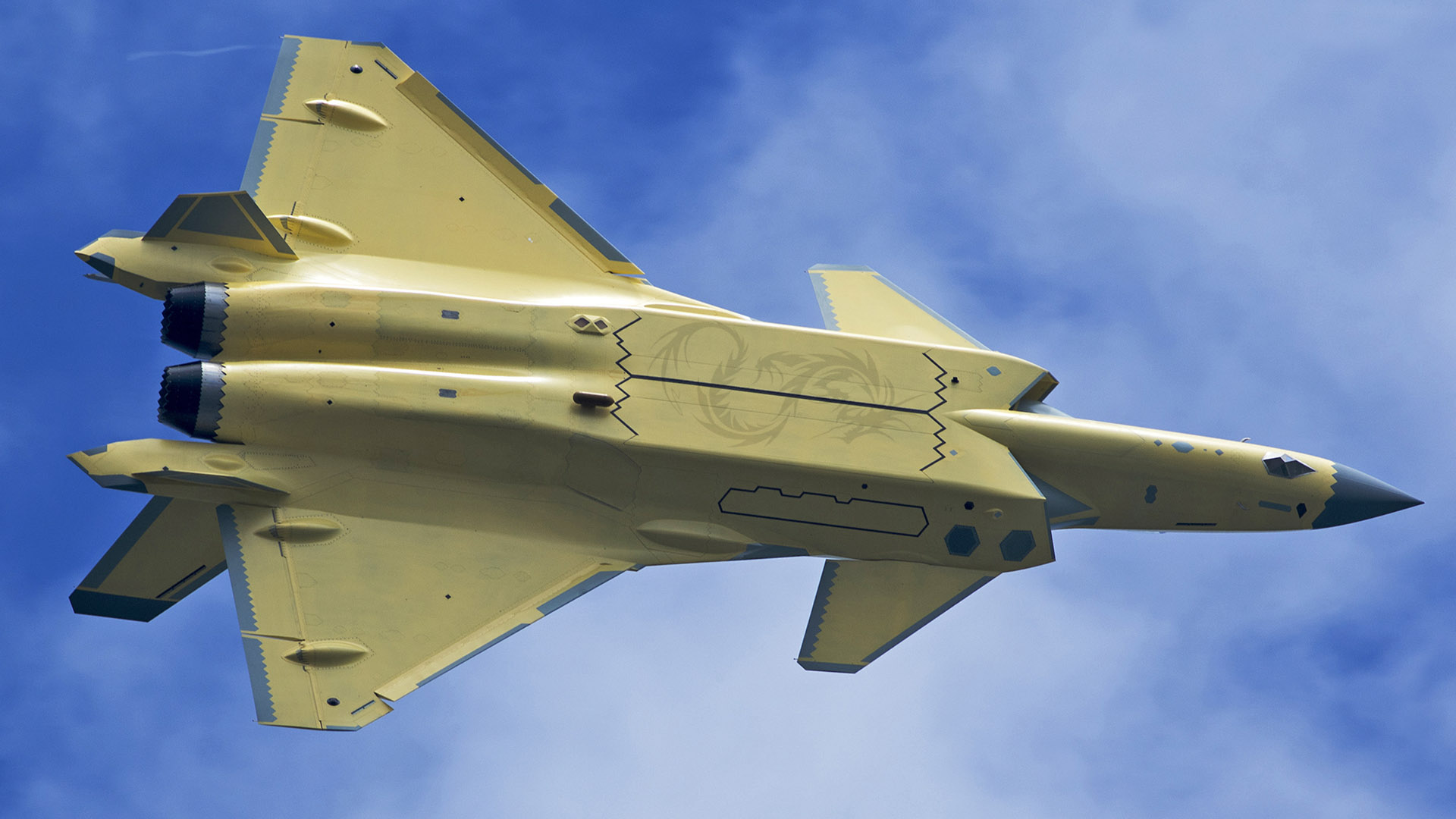
The WS-10B-3 with TVC is considered to be a vital step towards the WS-15 ‘Emei’ engine, which was always considered to be the definitive choice for the J-20. However, this powerful Chinese engine has always lagged behind the development curve of the aircraft itself.

The added capability of thrust vectoring has been debated by the War Zone, but as the J-20’s designer stated, it could reduce the J-20’s canard deflections during flight. Fluttering flight control surfaces are not good for a stealthy aircraft’s radar signature. Furthermore, the J-20 is unlikely to have the power required to achieve supersonic speed without afterburner, also known as supercruise, in its current configuration. That important ability is only considered possible once the aircraft receives the powerful WS-15.
The addition of thrust vectoring and major configuration changes would involve significant work, but Chinese military technology is moving fast. The J-20B could go further than just being an engine upgrade. It will likely include avionics enhancements and sensor improvements. There have even been rumors that it could feature a new outer mold line.
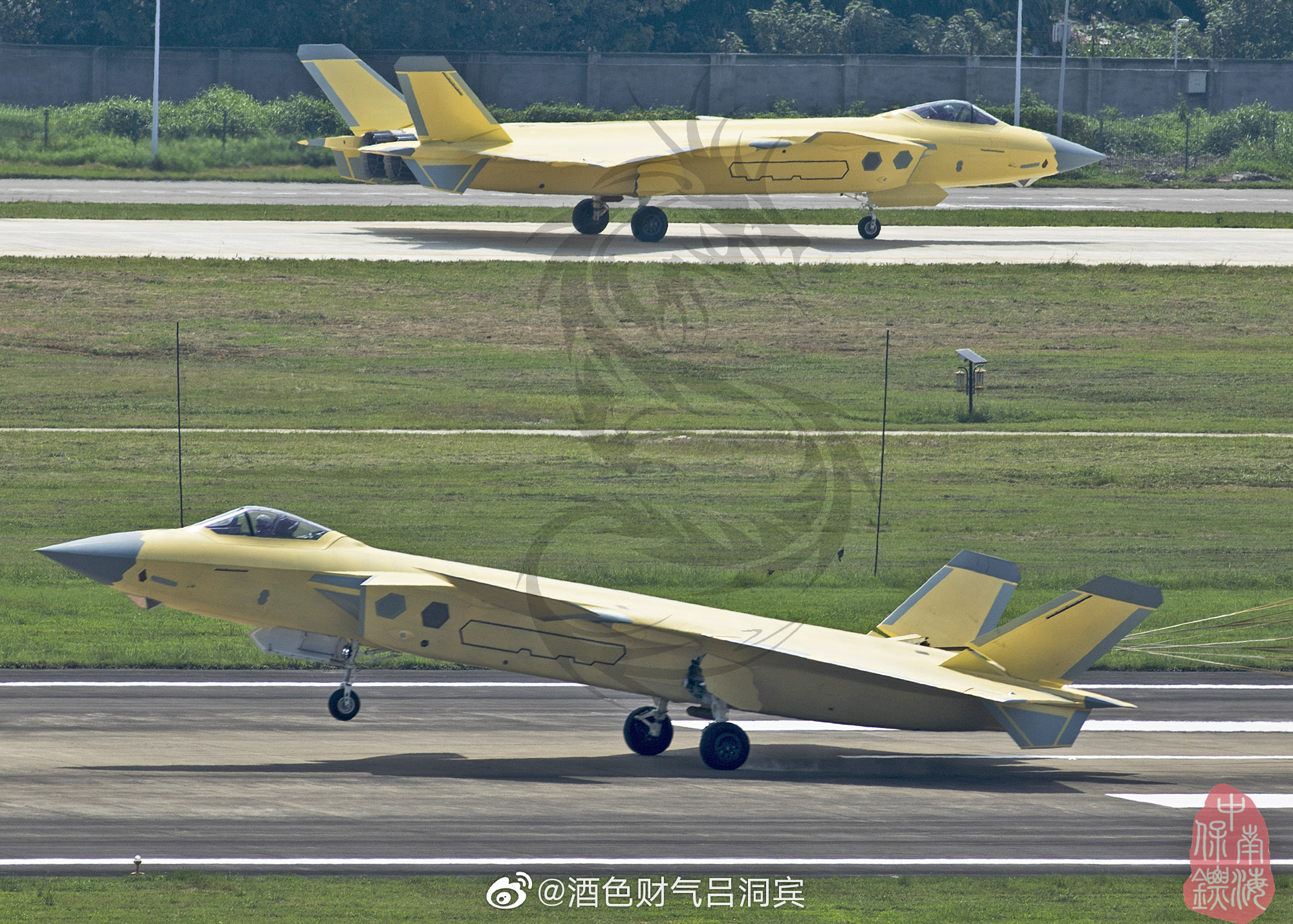
Removing the big canards and re-certifying the complex flight control system would be a huge undertaking for the CAC engineers, but doing so could dramatically enhance the J-20. In addition to removing the canards, cleaning up the empennage strakes, refining the wings, and other small low observable (LO) tweaks would substantially reduce the aircraft’s radar signature, especially in the radar frequency bands beyond the X-Band that is used by most fire control radars.
Thrust vectoring could help compensate for these changes and, along with the slew of other tweaks, it could still render the fighter somewhat nimble. It is also possible that we could see a more dramatic iteration of the original J-20 design, similar to what is described here, in the future, once the powerplants have been upgraded and smaller enhancements have been made.
Regardless, it seems ever more likely that China’s Mighty Dragon will get much more mighty in the near future.
Contact the author: Jamie@thedrive.com
